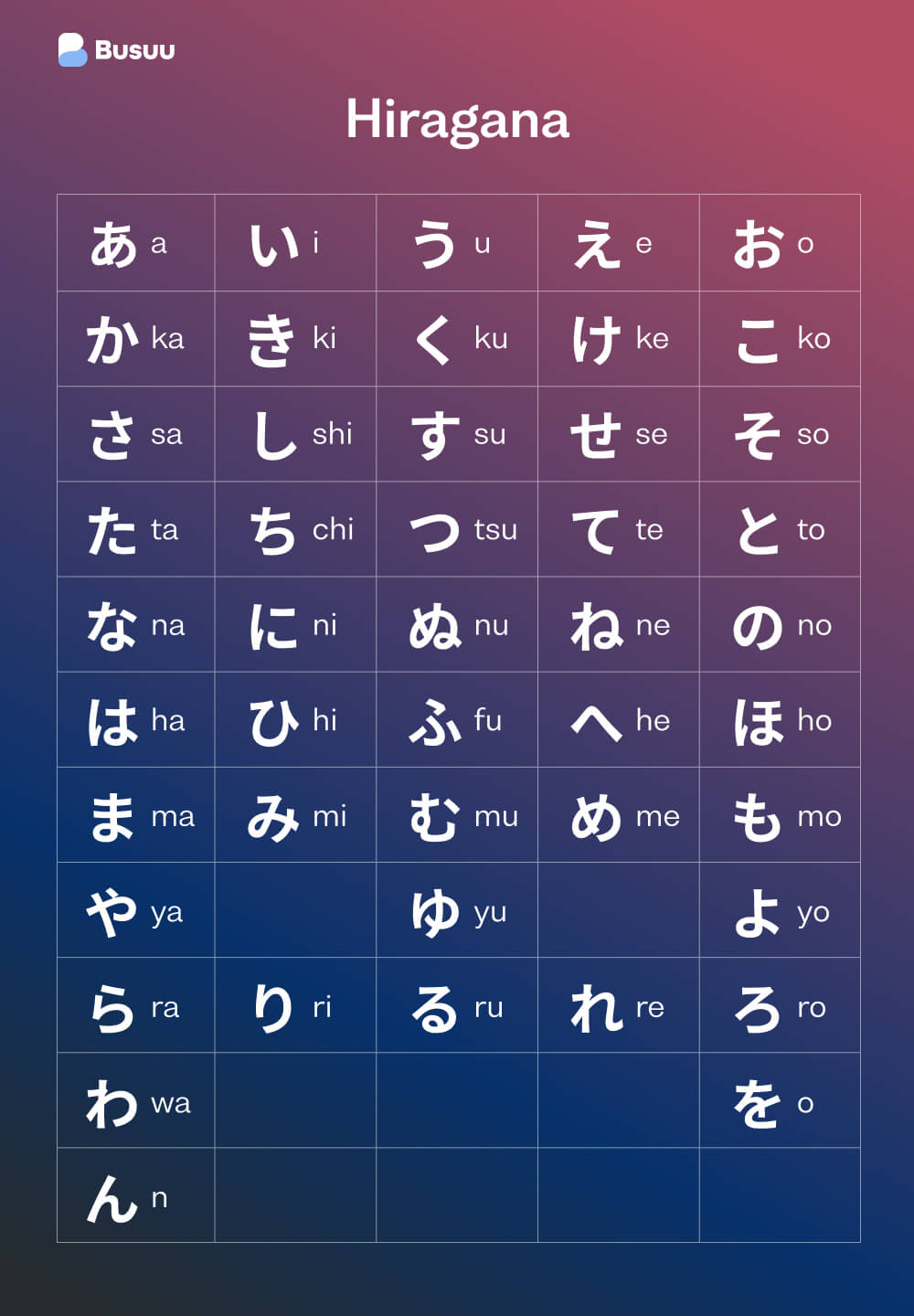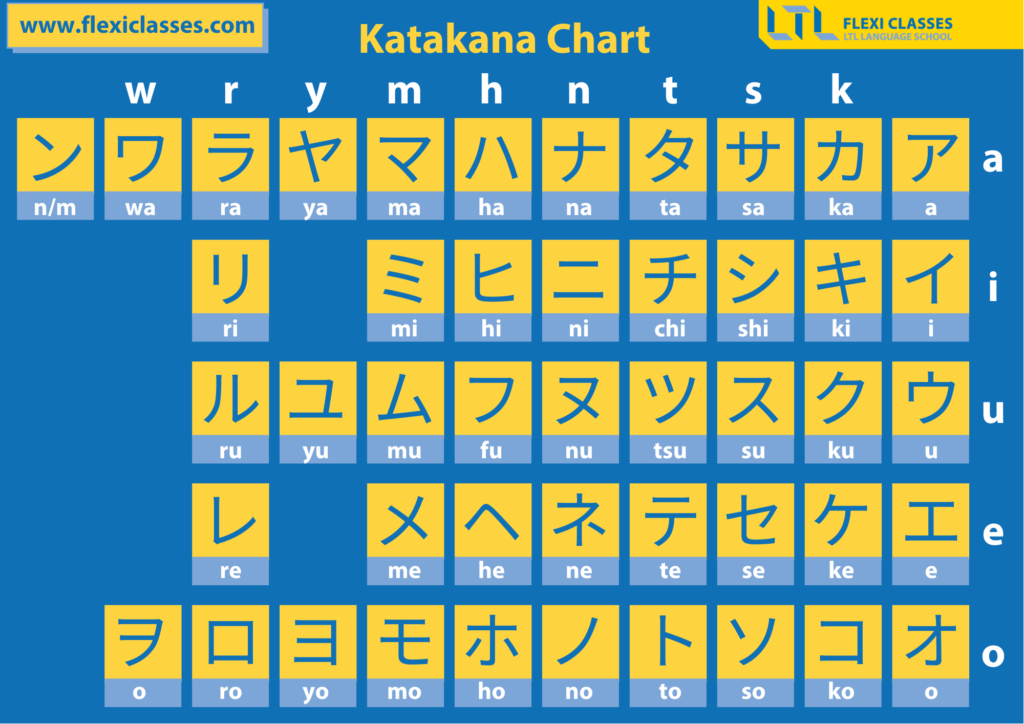Japanese Language
The Japanese language is really complex and has a unique writing system. It's made up of three main scripts: Hiragana, Katakana, and Kanji. Hiragana and Katakana are used to write native Japanese words and grammar, while Kanji characters are used to represent ideas or words. Kanji characters are actually from China, but they were adopted into Japanese writing.
To learn Japanese, you need to master these scripts, as well as grammar, vocabulary, and pronunciation. The language also has different levels of formality, which are important to use in different social situations.
Over 125 million people around the world speak Japanese, mostly in Japan. Many people also study Japanese as a second language because of Japan's importance in the world.
Key Features of Japanese
- Politeness levels: Japanese has different levels of politeness, like casual, polite, and super polite speech.
- Pitch accent: Some words in Japanese change meaning based on the pitch you use when you say them.
- Loanwords: Japanese has borrowed words from other languages, like English, because of globalization and cultural exchange.
- Particles: Particles are small words that help show how words relate to each other in a sentence, like who's doing what to whom.

 Home
Home